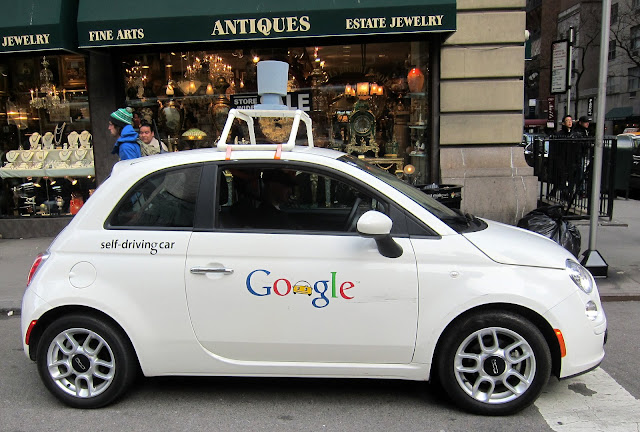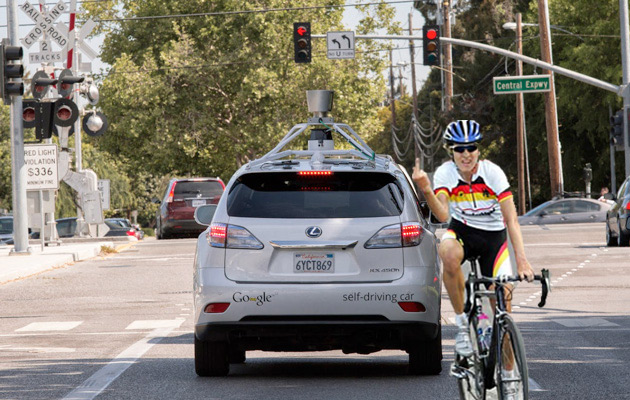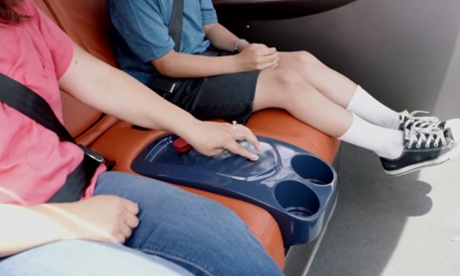Google autonomous cars have now driven 1 million miles on public roads without a human driver taking over control, which is equivalent of 75 years of driving by a typical American. Superb right?
Google robotic vehicles have never rear-ended any other manually driven car while on test-drive. All of the incidents that Google reported were the cause of human drivers running into them. Human drivers are horrible.
There are 100 or more of Google fully functioning prototype self-driving vehicles built from the ground up.
Google self-driiving car are overly cautions like your grandma while in public roads. They are never the first off the line at a stop, they don't speed and accelerate quickly and very polite . The picture above confirms it.
Google self-driving prototype cars are battery-powered electric vehicles. In other words they get their electricity from batteries, as opposed to traditional car that use premium motor spirit or gasoline.
Google driverless cars can not travel in heavy rain or snow and their software not accurate enough to recognise small animals like squirrels, badger etc and might run them over.

Google self-driving cars will be become available to the general public as early as 2020. But they still have to resolve some issues such as safety, insurance and liability for damage in the event a driverless car rear-ends another car.
Bookmark Wearobo or to get the latest, hottest news



